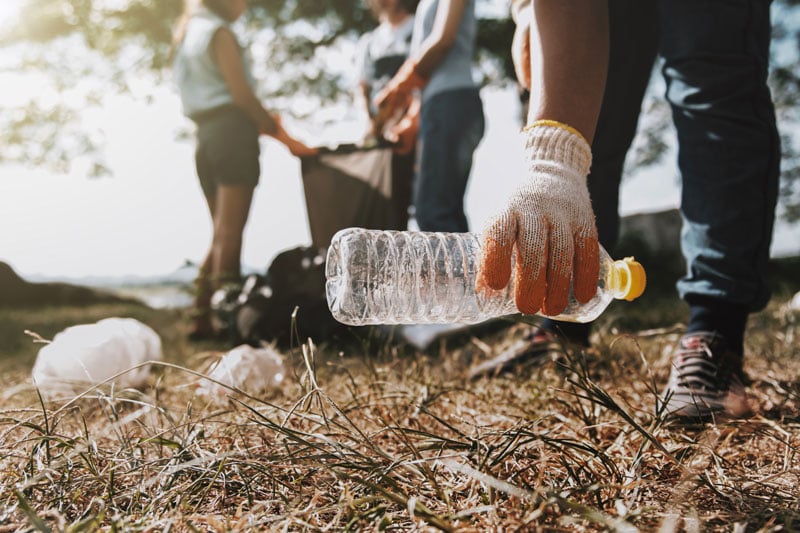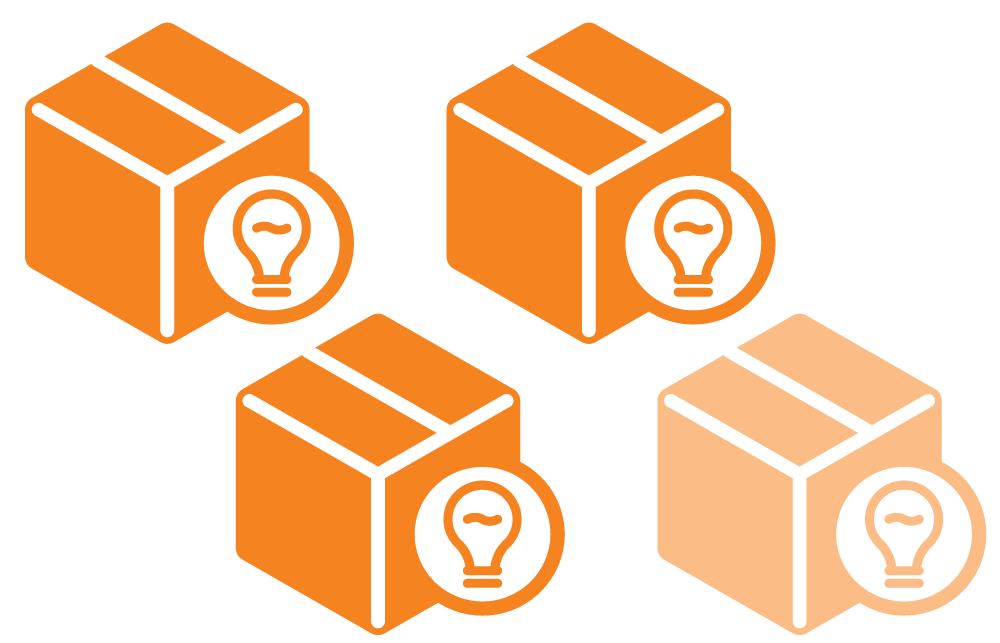Unboxing Consumer Preferences on Sustainable Packaging
As more big brands and retailers look to cut their carbon footprints and improve the buying experience, they’re taking a fresh look at packaging. They’re exploring how space is utilized, which materials are used within the box, and how new technologies can elevate the delivery experience.
To better understand how consumers feel about this effort, we launched the Unboxing Consumer Preferences on Sustainable Packaging survey. From expectations around how a brand communicates sustainability efforts to what the packages of tomorrow should look like, here’s a look at our key findings:
Sustainability under the microscope
There’s no room for lip service when it comes to sustainability. Consumers want brands to demonstrate their successes clearly, across a variety of mediums:
Consumers are also paying attention to how retailers are cutting waste in-store, mostly at the check-out. In the last 60 days, consumers have noticed:
35%
An option for paperless receipts
29%
Removal of plastic bags/promotion of paper bags
23%
Discounts/special deals for bringing your own bags

What’s the payoff for these efforts?
$$$$
approximately 1 in 4 consumers said they'd be willing to pay up to 10% more for a sustainable product
What kind of recycler are you?
1 in 3 consumers rank recyclability as the most important sustainability metric. However, when asked about their recycling habits, consumers were divided on their dedication.

No room for waste
When it comes to eCommerce, consumers aren’t just basing their opinion of a brand on the product they’ve ordered. They’re judging the packaging as well. Wasted space in the box can have a real impact on brand perception:
said empty space in boxes bothers them
of those same consumers said that empty space indicates the brand doesn’t prioritize sustainability
In fact, when consumers were asked which attributes of a shipping package were most important, sustainability was the #1 answer.
Preferred package protection? Not Styrofoam
Given the choice of five package stuffing materials, there was nearly a four-way tie for the option consumers preferred most. The outlier? Styrofoam.
25%
Shredded Paper
23%
Bubble wrap
21%
Heavy wraping paper
20%
Sealed bags
11%
Styrofoam
Consumers weren’t shy on their opinions of styrofoam
50%
see it as a last resort - if no other stuffing materials are available
36%
will not use Styrofoam products at all
1 in 5
will not buy from a brand that uses Styrofoam
Still working the kinks out
While alternative shopping options such as Buy Online, Pick-Up in Store (BOPIS) and third-party delivery have made purchasing essentials easier, they’re not all sunshine. 37% of respondents said they either frequently or occasionally encounter issues with their online order.
Among the most common issues:
Even if the order arrives without damage, there’s another hurdle to clear if you’re not home: porch pirates. Just under 1 in 3 consumers have had an item stolen from their porch in the last year.
Price wars
In an omnichannel environment, the price on the shelf isn’t the end of the conversation.
check for a cheaper price online while in the store
check a price online at least once a visit
If retailers want to save the sale, they’ll need to sweeten the deal. Consumers said they’d be willing to continue with a more expensive purchase in store for:
37%
Exclusive in-store coupons for complementary items
37%
Exclusive in-store coupons for next in-store purchase
33%
Additional loyalty points
24%
Scratch-off discounts at checkout
And consumers sent a message to retailers experimenting with fluctuating prices: don’t. 46% said this strategy would make them less likely to shop with the retailer.
What’s next for packaging
As brands look to create more unique delivery experiences, consumers are particularly interested in two types of innovative packaging.

2 in 3
are interested in connected packaging – a package with a QR code printed inside to scan for exclusive content.
Their top pick for what the QR code should offer:
32%
Personal discounts on similar products
17%
Access to exclusive experiences – e.g. ticket pre-sales or backstage passes
17%
Sustainability metrics from the manufacturing/shipment of the product
3 in 4
are interested in intelligent packaging – a package built with sensors to ensure the product remains in optimal condition, or at the right temperature.
28%
said they’d be willing to pay up to $5 more for an intelligent package.


